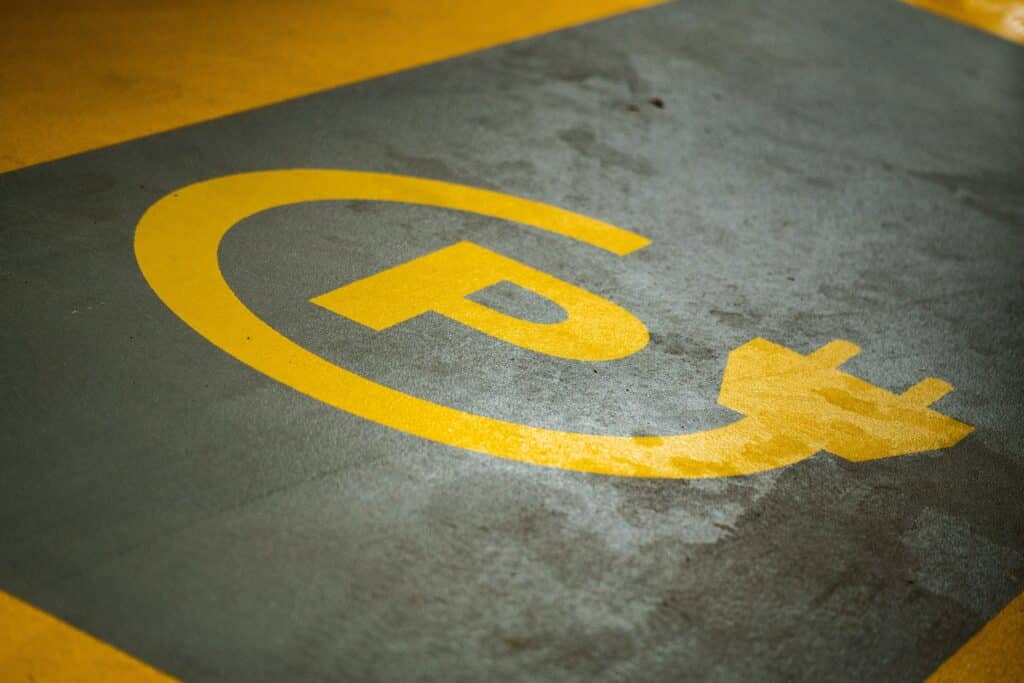“Decoding the elements of universal access to energy”
FSR Topic of the Month – May
Second instalment by Jessica Dabrowski
Today, approximately 2.7 billion people in developing countries, primarily across Sub-Saharan Africa and South Asia, rely on traditional fuels for cooking. Traditional fuels used for building open fires or running inefficient stoves, consist of a combination of animal and agricultural waste, wood, and charcoal. Reliance on these fuels has grave consequences on health, the environment, and the overall socio-economic development. According to the World Health Organisation, more than 4 million people die prematurely each year because of household air pollution caused by incomplete combustion of inefficient solid fuels resulting in the formation of black carbon. The potential harm does not end here; household air pollution alone contributes to 12% of global air pollution. Moreover, emissions such as carbon dioxide, methane, and other short-lived climate pollutants contribute towards global climate change and ecology by affecting the water and food cycles.
The goal and the need to provide access to clean, modern, efficient, and affordable cook stoves and fuels is advocated strongly in the Sustainable Development Goal 7. However, the clean cooking dimension of universal access to energy does not receive the same attention as the electricity dimension. According to the IEA, the projection for access to clean cooking shows less progress than the in the case of electrification. Population growth will be an added challenge and the number of people without access to clean cooking will only decrease by 200 million by 2030, a reduction of 14% relative to today.
Although the advantages and benefits of clean cooking are well documented, improvements in this sector have barely gained momentum according to the World Bank. This could be due to one or more reasons such as – lack of awareness, insufficient income to switch to cleaner cooking options, lack of incentivising policies and poor regulatory framework and un-established market due to lack of investments or product commercialisation.
If the adoption of clean cooking dimension is addressed rightly the social impacts are diverse such as reducing poverty, driving gender equality, improving educational and employment opportunities. But to ensure these impacts are delivered, the key is to create awareness and develop the regulatory framework.
Awareness: The primary challenge is to educate the masses on the need and importance of adopting clean cooking methods. As most of the affected population are spread in rural areas, dissemination of information can be challenging and age-old habits difficult to change. A systematic and continuous awareness program involving local level initiatives as well as community cooperation is the need of the hour. These awareness plans must help drive decisions from the bottom-up, which will ensure a swift shift towards clean cooking methods. A good awareness plan will drive up demand there by creating business opportunities.
Regulatory framework: The will of the national policy and regulatory frameworks to embrace energy access is of late gaining impetus. However, the lack of a coordinated and holistic policy approach in addressing clean cooking is hindering its development. Therefore, it is vital to strengthen the cooperation across environment, energy, health and education sector to assure complementarity and among national governments, nongovernmental organisations, international development organisations, and the private sector to adapt and develop the suitable policy and regulatory frameworks. A good regulatory framework can unlock the market potential by bringing in the necessary investments flow, setting up quality standards, commercialising clean cooking solutions and providing subsidies and other relevant support mechanisms thereby making it affordability and easier to adopt.
Technology choices
The technological development of clean cooking methods has evolved in the recent years. Based on the usage and affordability convenience a customer can pick and choose the right technology and fuel type. The current options for clean cooking can be split into five categories. The clean and green impact of each of these classes directly increases from class one to five enumerated below. Same can be said in terms of costs and lifetime of these products.
- Legacy and basic improved cook stoves offer slightly improved fuel efficiency than traditional baseline technologies while using fuels such as biomass, charcoal and wood. These are typically artisan produced.
- Intermediate improved cook stoves make use of rocket style design that offers higher fuel and combustion efficiency.
- Advanced improved cook stoves make use of design elements such as fan jets and gasifiers that offer very high fuel and combustion efficiency. These models use fuels such as pellets and briquettes.
- Modern fuel stoves have high fuel efficiency and low particulate emissions. They may either use fossil fuels such as LPG, DME, kerosene, natural gas or electricity.
- Renewable fuel stoves are stove designs that utilise solar energy or renewable fuels such as biogas, methanol, and ethanol for operation.






